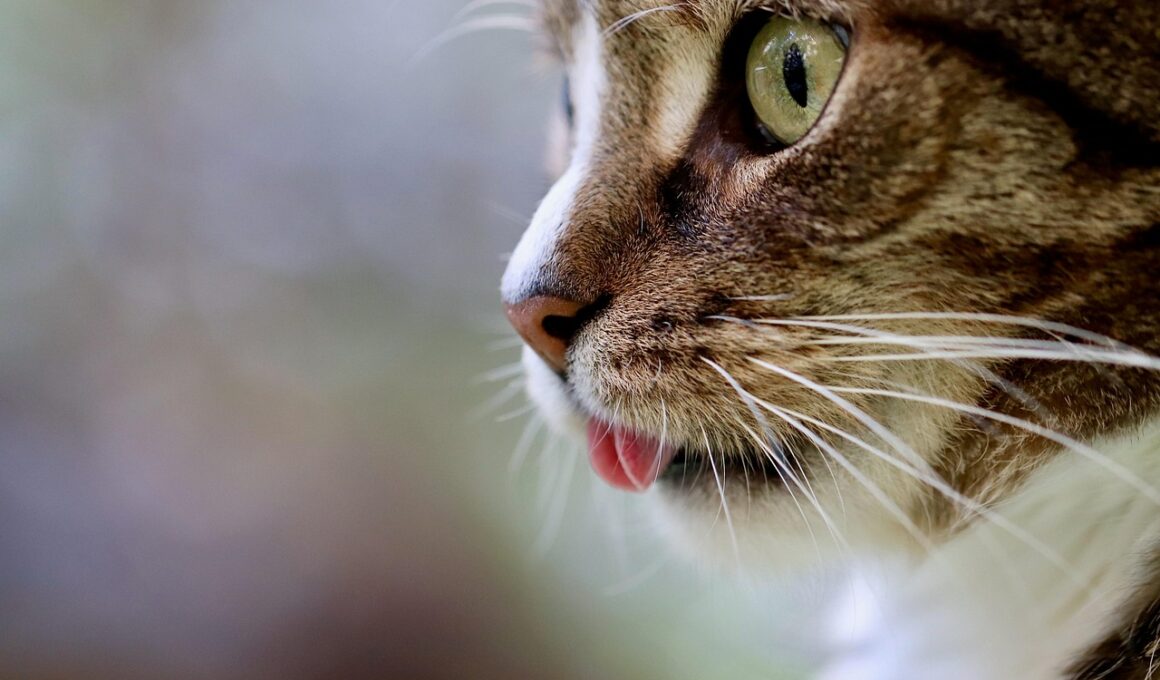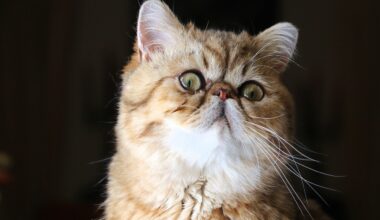Common Defenses in Pet Negligence Cases Involving Cats
Pet negligence cases concerning cats can invoke various defenses that aim to mitigate the liability of the pet owner. One common defense is the assumption of risk, where the plaintiff may have knowingly engaged in activities that could lead to an injury involving a cat. For instance, if a person attempts to pet a cat known for aggressive behavior, the owner may argue that the victim accepted the risk of such interactions. This defense emphasizes personal responsibility and aims to shift some blame away from the owner. Additionally, demonstrating that the victim contributed to the injury may bolster the defense’s case. Such scenarios create a foundation for comparative negligence arguments. In such cases, the court often assesses whether the victim’s actions contributed significantly to the incident, altering the liability dynamics. Another aspect often examined is the state of mind of the pet owner at the time of the incident. If the owner was reasonably unaware of their pet’s behavior or circumstances leading to the event, this may help establish their lack of negligence. These defenses play a critical role in defining outcomes in pet-related legal disputes.
Another significant defense in pet negligence cases pertains to the concept of good faith, wherein the owner may assert they took reasonable steps to prevent any harm. For example, a pet owner can argue that they have consistently cared for their cat’s health and behavior, thereby demonstrating responsible ownership. If they have provided adequate training and socialization for the cat, this can further support their position in court. Moreover, showing that the pet has no previous history of aggression or problematic behavior can strengthen the defender’s argument. Such evidence can be presented through vet records or training certifications, reinforcing the notion that the owner acted responsibly. Likewise, witnesses may testify to the cat’s behavior prior to the incident, indicating that it was a one-time occurrence. Furthermore, the defense of appropriateness of the environment is also noteworthy. If an injury occurred due to circumstances beyond the owner’s control, such as a natural disaster or unexpected behavior from people, this could absolve them of liability. The focus in these scenarios revolves around proving that an unexpected event led to the incident where the owner had no ability to foresee the potential problems.
The Role of Breed and Behavior in Negligence Cases
Cats, similar to dogs, may exhibit certain breed-specific behaviors that can create relevant defenses in negligence cases. Known aggressive breeds might impose a duty on owners to take extra precautions. If the cat is of a breed traditionally linked with aggressive tendencies, the owner could argue that reasonable steps had been taken to ensure safety. This defense revolves around the perception and inherent understanding of various breeds by the general populace. Furthermore, the owner’s obligation to provide a suitable environment for their cat plays a crucial role in negligence claims. For instance, if an owner provides secure confines and regular monitoring for their cat, they are fulfilling their responsibility. By demonstrating that the environment was safe and that there were no prior incidents, the owner may establish that they did not act negligently. These factors intertwine with the overall defense strategy, highlighting that certain behaviors may not always equate to negligence. The court’s ruling often considers the combination of environmental factors and the specific behavior of the cat leading up to the incident.
In many cases, the timing of actions leading to the incident can substantially affect the outcome of negligence claims. The defense may highlight that the actions taken by the owner were reasonable and timely, firmly mitigating liability. For example, if a cat escapes during an unexpected storm and causes injury, the owner may argue that they were unable to foresee such behavior. Here, demonstrating proactive efforts to secure the cat’s safety before the incident aids in building a robust defense. This showcases a responsible pet ownership model, where the owner must undertake all reasonable measures to prevent incidents. Also, exploring external factors such as the influence of other animals or humans can create additional layers to the defense. If another dog attacked the cat, leading it to act aggressively, the owner could argue they were not responsible for the ensuing behavior. In many scenarios, this leads to discussions around bystander negligence, enabling the owner to assert that external influences played a crucial role in the incident at hand. Ultimately, understanding all occurrences surrounding the event contributes significantly to defenses utilized.
Expert Witness Testimony in Pet Negligence Cases
Expert witness testimony serves an essential role in pet negligence cases. The inclusion of veterinary specialists or animal behaviorists can influence the outcome significantly. When an expert provides insight into specific behaviors exhibited by cats, it creates greater understanding for the court regarding reasons behind the incident. For instance, if a veterinarian testifies that the cat was under psychological stress due to environmental changes—such as a recent move—this can contextualize the behavior leading to the alleged negligence. By allowing the jury to view the incident through a scientifically-backed lens, it potentially alters their perspective on liability. Furthermore, expert witnesses can help distinguish between typical cat behavior and actions stemming from a neglectful situation. Their professional opinions can clarify the expectations of ownership and highlight the understanding of animal behavior within the legal framework. This assists in determining whether the owner’s actions met established standards, creating significant leeway for the defense. In conclusion, testimonies offer clear, detailed explanations that can elucidate liability since they bridge the gap between law and behavior influences, ultimately swaying judicial decisions.
Another crucial element in defending against negligence claims is showcasing a cat’s prior behavior. If the cat involved in the incident had no history of aggression, the owner may argue that the event was a sudden and unique occurrence. Collecting evidence from neighbors or the community can bolster this defense strategy. Witness testimonies regarding the cat’s usual demeanor prior to the incident can present a strong argument against claims of negligence. However, if there had been previous complaints about the behavior of the cat, this could create complications for the owner. Therefore, proactively managing their cat’s social environment can play a pivotal role in avoiding liability in future situations. Moreover, implementing proactive measures like training and socialization can often aid in constructing a defense profile that demonstrates responsible ownership. Presenting records of training sessions or certifications obtained can fortify an argument that the owner sought to act reasonably. Thus, the time spent proactively instilling good behavior in a pet can elicit a more favorable legal standpoint following pet negligence disputes.
Conclusion on Defenses in Pet Negligence
In conclusion, pet negligence cases involving cats can incorporate diverse defenses to protect owners from liability. Assumption of risk, good faith actions, and the examination of a cat’s prior behavior all provide pathways for mitigating claims. Insights from expert witnesses can solidify the argument in favor of the owner, establishing that reasonable steps were taken to ensure safety. Understanding the legal intricacies surrounding pet ownership enables owners to adopt better practices for preventing potential incidents. Fostering a safe environment not only enhances the well-being of the cat but also serves to fortify the owner’s legal position. Through careful documentation of behaviors and interactions, owners can preemptively address issues before they escalate into legal claims. Furthermore, understanding the influences of external factors and utilizing community resources can present a well-rounded approach to pet ownership. Ultimately, navigating pet negligence claims requires attention to detail, comprehensive understanding, and a commitment to responsible care. By being informed and proactive, cat owners can mitigate risks, and successfully defend themselves in negligence cases.
This is another paragraph with exactly 190 words…


